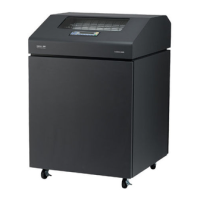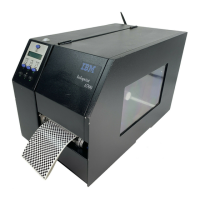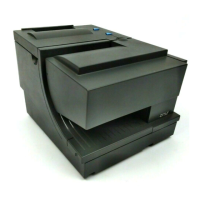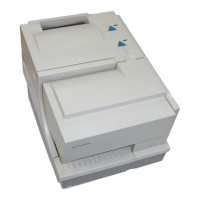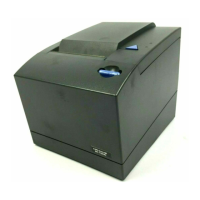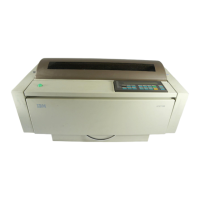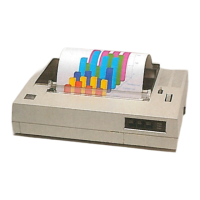Glossary
segment that is processed. See also root segment.
Contrast with current drawing attributes.
default drawing controls. The set of drawing controls
adopted at the start of a drawing process and usually
at the start of each root segment that is processed.
See also root segment. Contrast with current drawing
controls.
density. The number of characters per inch (cpi) in a
bar code symbology. In most cases, the range is
three to ten cpi. See also bar code density, character
density, and information density.
device-control comm and set . In the IPDS
architecture, a collection of commands used to set up
a page, communicate device controls, and manage
printer acknowledgment protocol.
dimension. In FD:OCA, each successive level of
partitioning. Dimensions allow the addressing of
specific parts of an array. See also partitioning and
array.
direction. In GOCA, an attribute that controls the
direction in which a character string grows relative to
the inline direction. Values are: left-to-right,
right-to-left, top-to-bottom, and bottom-to-top.
Synonymous with character direction.
document. (1) A machine-readable collection of one
or more objects that represents a composition, a
work, or a collection of data. (2) A publication or
other written material.
document component. An architected part of a
document data stream. Examples of document
components are documents, pages, page groups,
indexes, resource groups, objects, and process
elements.
docum ent content architecture. A family of
architectures that define the syntax and semantics of
the document component. See also document
component and structured field .
docum ent element. A self-identifying,
variable-length, bounded record, which can have a
content portion that provides control information,
data, or both. An application or device does not have
to understand control information or data to parse a
data stream when all the records in the data stream
are document elements. See also structured field.
down loaded resource. In the IPDS architecture, a
resource in a printer that is installed and removed
under control of a host presentation services
program. A downloaded resource is referenced by a
host-assigned name that is valid for the duration of
the session between the presentation services
program and the printer. Contrast with resident
resource.
drawing order. In GOCA, a graphics construct that
the controlling environment builds to instruct a
drawing processor about what to draw and how to
draw it. The order can specify, for example, that a
graphics primitive be drawn, a change to drawing
attributes or drawing controls be effected, or a
segment be called. One or more graphics primitives
can be used to draw a picture. Drawing orders can
be included in a structured field. See also order.
drawing order coordinate space (DOCS).A
two-dimensional conceptual space in which graphics
primitives are drawn, using drawing orders, to create
pictures.
drawing processor. A graphics processor component
that executes segments to draw a picture in a
presentation space. See also segment, graphics
presentation space, and image presentation space.
drawing units. Units of measurement used within a
graphics presentation space to specify absolute and
relative positions.
duplex. A method used to print data on both sides of
a sheet. Normal-duplex printing occurs when the
sheet is turned over the Y
m
axis. Tumble-duplex
printing occurs when the sheet is turned over the X
m
axis.
duplex printing. A method used to print data on both
sides of a sheet. Contrast with simplex printing.
E
EBCDIC. See Extended Binary-Coded Decimal
Interchange Code.
element. (1) A bar or space in a bar code character
or a bar code symbol. (2) A structured field in a
document content architecture data stream. (3) In
GOCA, a portion of a segment consisting of either a
single order or a group of orders enclosed in an
element bracket, in other words, between a begin
element and an end element. (4) In FD:OCA, each of
the data fields in an array. (5) A basic member of a
mathematical or logical class or set.
Em square. A square layout space used for designing
each of the characters of a font.
escape sequence. (1) In the IPDS architecture, the
first two bytes of a control sequence. An example of
an escape sequence is X
'2BD3'. (2) A string of bit
combinations that is used for control in code
extension procedures. The first of these bit
combinations represents the control function Escape.
exception. One of the following:
1. An invalid or unsupported data-stream construct
2. In the IPDS architecture, a condition requiring
host notification
Glossary of Abbreviations and Definitions 203
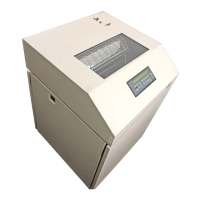
